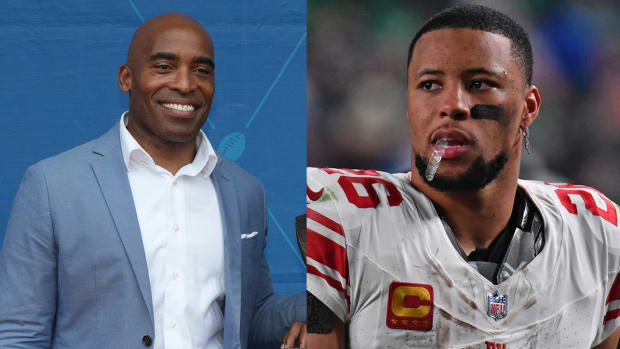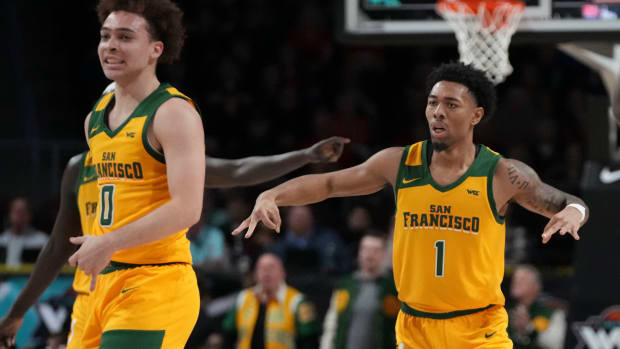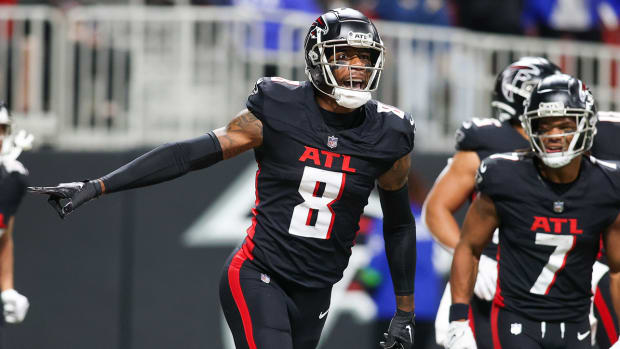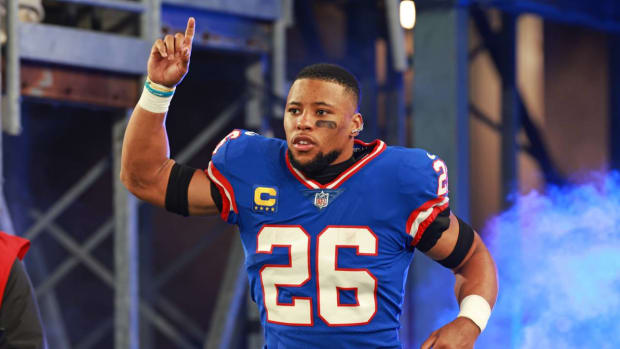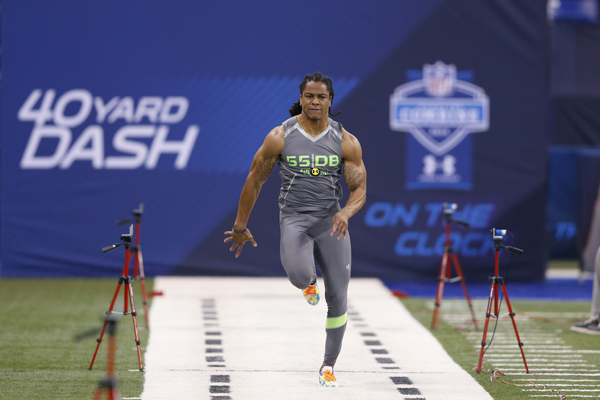
NFL Draft Chart-a-palooza: We Inspired a Bunch of Graphs About Combine Performance
via Getty Images
Two weeks ago, we published a graphic that broke down the relationship between 40-yard dash times at the combine and whether a player was ultimately selected in the NFL draft. Last week an Extra Mustard reader, Jed Dougherty, decided to delve a bit deeper by compiling statistics to determine the relationship between combine performance and how high players were selected in the draft. Below is an excerpt of his findings:
I decided to see if I could create alternate versions of some interesting graphics describing the skill sets tested at the NFL Combine. Since nearly all players who go to the combine get drafted, I thought a more interesting question was what effect the 40-time had on players' rank in the draft.
After looking at the data of all the players who participated at the combine between 2010-2013, I knew that they were so varied that it only made sense to look at correlations at specific positions, or at least skill strengths. To start, I split the really fast guys off into their own group, which I defined as "speedsters":
- Wide Recievers
- Tight Ends (I wavered about this group, but the new batch of hybrid gnarly TEs entering the league in the last few years pushed me into including them)
- Running Backs
- Corner Backs
- Free Safety
- Strong Safety
We can see how much more important speed is to these dudes than to the rest of the players based on this density plot:
Extra Mustard's column already showed that faster 40-yard dash times positively correlated with a higher probability of being drafted -- especially for positions where speed is very important. I wanted to explore whether 40-yard dash times correlate with a higher draft value, given that a player was drafted.
To analyze this effect, I broke down players into their position types and then grouped those position types by their average skill in the 40-yard dash. I then specifically focused on the fastest group of players, the "speedster" group.
For this group, 40-yard dash times only strongly correlated with a higher draft rank when we isolated by round and position. Even then they only appear significant in the seventh (and final) round of the draft. In the seventh round, among players hanging on the periphery of entering the NFL or returning to lives watching the NFL like the rest of us, 40-yard dash times greatly matter. Indeed, every tenth of a second decrease in 40-time correlated with jumping five ranks downward in the draft for speedsters selected in the last round. This makes logical sense. Most of the players at the combine have already been reviewed thoroughly enough by scouts and coaches that a single day of goofy exercises will hardly make a major difference in regards to their draft stock. But those on the edge who might be under the radar have only that one chance to make a splash.
Here we can see the by-round breakdown of 40-times v. draft position for wide receivers, running backs, tight ends, cornerbacks and safeties who were drafted between 2010 and 2013:
Read Jed's research, which explores other combine evaluations, in its entirety here.





